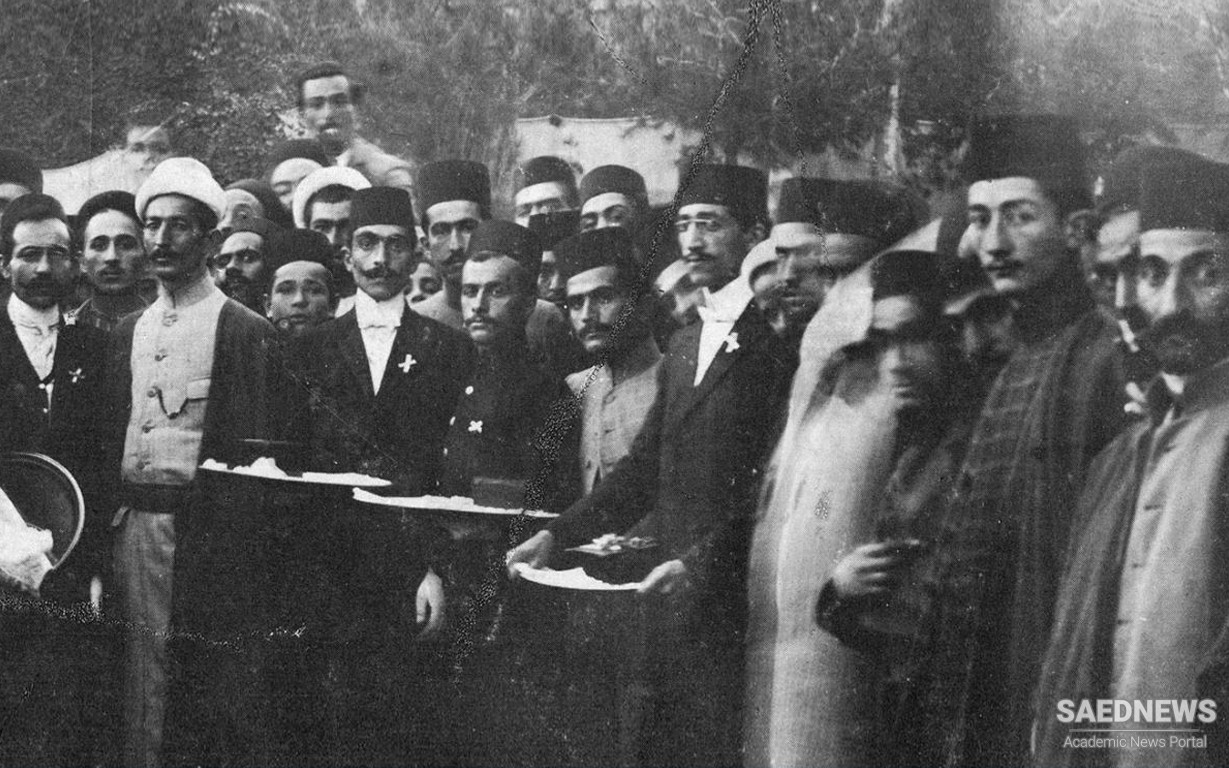On December 12, 1905, following closure of the bazaar, a huge crowd gathered at Tehran’s Friday mosque to protest the mistreatment of the city’s sugar merchants by the governor of the capital and to demand that the mojtaheds of the city come out in their defense. The crowd listened to Jamal al-Din Isfahani, a middle-ranking popular preacher, who rebuked the governor for his cruelty, warned that the Iranian nation under the aegis of the deserved justice and public security, and called for the lifting of the state’s draconian price controls. Further, he declared that both the common law, as enforced by the state, and the Islamic law, as practiced by the mojtaheds, must comply with “the law” (qanun), a notion new to Iranian audiences that implied the Constitution. If the shah is a true Muslim, he stressed, he too must comply with the people’s wishes. The demands epitomized the predicament of a revolution that his sermon served to inaugurate.These bold claims were bound to agitate the pro-state ulama. In the midst of Jamal al-Din’s sermon, the government-appointed Imam of the Tehran Friday Mosque, outraged by the preacher’s outspokenness, ordered him forcefully pulled from the pulpit and expelled. Subsequently, the clubwielding government guards rushed into the mosque and drove out the protesting crowd. The next day, some of the ulama who had been present at the gathering and were offended by the government’s overreaction left the city in symbolic protest and took sanctuary (bast) in the local shrine of ‘Abd al-‘Azim south of the capital. The shrine soon became the center of protest, and the population of Tehran came in droves to sympathize with the protesters (Source: Iran a Modern History, Abbas Amanat).


 Clandestine Enlightenment and Growing Social Discontent: Emergence of a Conscious Nation
Clandestine Enlightenment and Growing Social Discontent: Emergence of a Conscious Nation














































